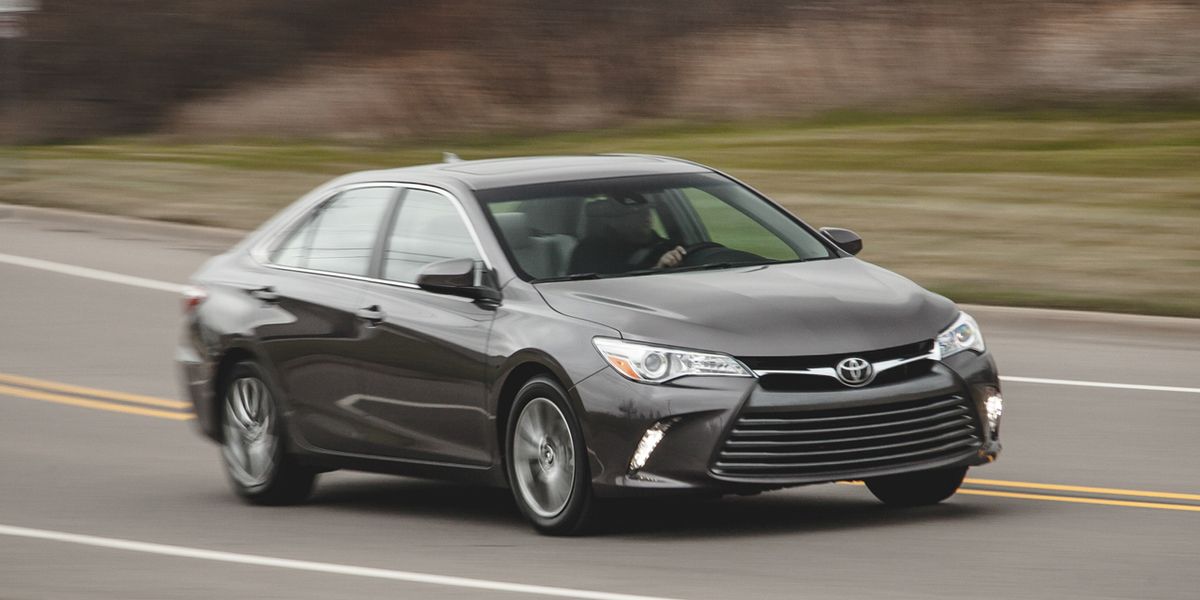Most Popular Cars of the Last Decade
I wasn’t expecting a dramatic mix up in the list of best selling cars in the US in the past 10 years. But I thought there might at least be a bit of close competition for the top two or three spots. How wrong I was. I present to you what is possibly the least varied list in history.
2011 Toyota Camry 308,510
2012 Toyota Camry 418,312
2013 Honda Accord 365,175
2014 Toyota Camry 396,988
2015 Toyota Camry 429,355
2016 Toyota Camry 388,618
2017 Toyota RAV4 407,594
2018 Toyota RAV4 427,170
2019 Toyota RAV4 448,071
2020 Toyota RAV4 302,574*
(*To date. And let’s be frank. With the number of turn-your-world-upside-down surprises that 2020 has thrown our way, I’m really not sure I’m going to trust any numbers about anything until this year is well and truly over, past, behind me, gone, banished.)
People are predictable. They also seem to be overwhelmingly sensible. Which leaves me caught in my opinion about whether I think this is a truly American trend or whether I expected just a bit more diversity, a bit more risk taking, a bit more pazazz. Of course in 2013 we can see people went completely wild and raged against the machine with their surge in Honda Accord experimental purchases, but they returned to what they know and, evidently, love.
Even with the wild Honda Accord anomaly of 2013, this tells us unequivocally that when it comes to the significant purchase of a car people want known factors. They want reliability, they want value, they want to trust the car that will take them to and from work each day, that will safely and comfortably transport their family. They don’t want to even think about the ‘what if’ of breakdowns and high maintenance costs.
I circled around the word Popular. As a society we’ve come close to breaking this word. In High School we applied it to the kids who had a bit more status than we had, who were a little bit edgier. Popular didn’t mean average or normal. But it also referred to the kid who was a little scarier to approach, who might just be slightly dangerous, who we knew was a high risk friend.
Most of us look at that version of Popular from a distance and sure, on one level we’re intrigued and we say we want it, but then reality kicks in. We don’t want our fingers burned. So although we admire the luxury cars and might dedicate hours of our time to TV shows and online articles that show us all the extravagant ways other people drive, we don’t actually buying a car with an engine that is too powerful and too loud and too fast; we don’t buy a car that has too few seats and is too low to get up our driveway; we don’t buy a car that has no storage space for more than a single bag of groceries; we don’t buy a car that is so volatile we’d also need to hire a live-in mechanic. We buy a Toyota.

Customer Reviews
"I had a great experience selling my cars to these folks! They were courteous, prompt, friendly and helpful and I got a great price! I would definitely do business with them again!"
- Valerie
"Fast, friendly, reliable people. They are on it in every angle keeping up with communication. I was honestly just wanting to get rid of the car and wasn’t even expecting to get paid for it!"
- Timothy
"No headaches!! Professional and courteous! They paid ME to pick up and take away my junk car ❣️"
- Krisilyn
- Huntsville Junk Car for Cash
- Huntsville, Alabama
- (949) 577-8317
